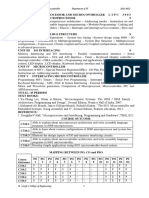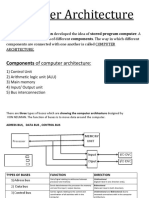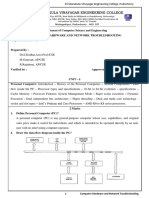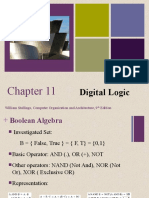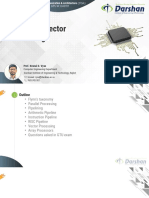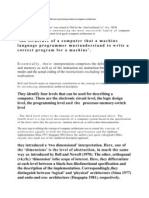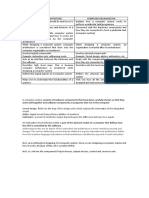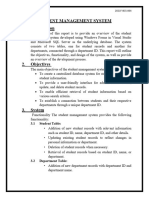0% found this document useful (0 votes)
66 views14 pagesDbms Notes
The document outlines the purpose and characteristics of database systems, emphasizing efficient data management, integrity, and security. It details various data models, database management systems (DBMS), and architectures, along with concepts such as data independence and entity-relationship modeling. Additionally, it covers relational data models, update anomalies, keys, integrity constraints, and the importance of indexing for optimized data retrieval.
Uploaded by
vaibhav.k.keshariCopyright
© © All Rights Reserved
We take content rights seriously. If you suspect this is your content, claim it here.
Available Formats
Download as DOCX, PDF, TXT or read online on Scribd
0% found this document useful (0 votes)
66 views14 pagesDbms Notes
The document outlines the purpose and characteristics of database systems, emphasizing efficient data management, integrity, and security. It details various data models, database management systems (DBMS), and architectures, along with concepts such as data independence and entity-relationship modeling. Additionally, it covers relational data models, update anomalies, keys, integrity constraints, and the importance of indexing for optimized data retrieval.
Uploaded by
vaibhav.k.keshariCopyright
© © All Rights Reserved
We take content rights seriously. If you suspect this is your content, claim it here.
Available Formats
Download as DOCX, PDF, TXT or read online on Scribd
/ 14

